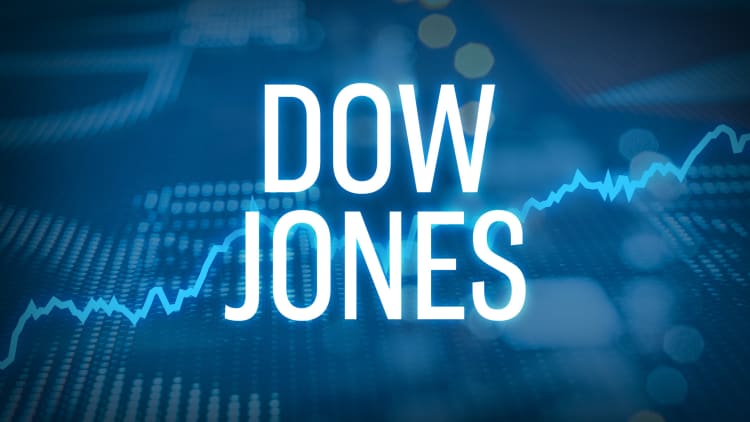Wall Street's preferred method for measuring fear — the Cboe Volatility Index — was popping in early trading Tuesday as Dow Jones Industrial Average futures pointed to steep declines for stocks and the S&P 500 was threatening to strike a new low for this October sell-off.
When a sell-off is accompanied by this kind of fear, it usually means there aren't many places to hide your money.
A CNBC analysis using Kensho looked at all the days when the VIX jumped more than 3 points in a single session in the last decade, as it was doing early on Tuesday, and how different sector and asset class exchange-traded funds performed on that same day.
Only one asset class consistently worked: bonds.
Source: Kensho
A fund tracking Treasurys — iShares 20+ Year Treasury Bond ETF — and one tracking the broader bond market — Vanguard Total Bond Market Index Fund — were the only funds that averaged gains during such tough days, according to Kensho. Gold had a spotty record but did work on some days.
The search looked at highly liquid non-leveraged ETFs. (There are leveraged funds that bet against the stock market that go higher during fearful times such as these, but we did not include those in our search.)
The VIX measures how much volatility investors expect by tracking the prices of options on the S&P 500. The more rapidly it rises, the more concerned investors are about owning risky assets like stocks.
Note that the S&P 500 typically posts steep declines greater than 2 percent when the fear gauge jumps so much. Keep in mind, it's still early and things could turn around, but right now it's not looking good for investors long stocks right now.



